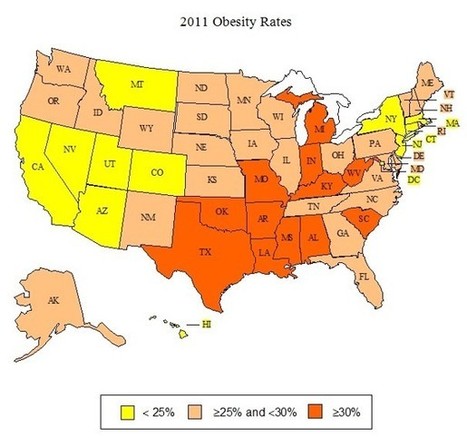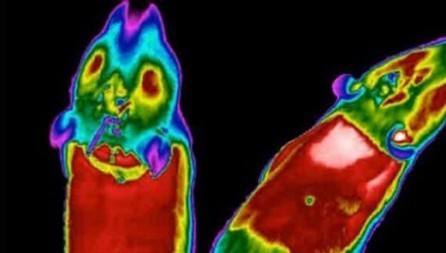For the first time, a team of scientists at Washington University School of Medicine has identified a human receptor that can taste fat.
CD36 is a membrane protein found on the surface of many cell types in humans, mice, rats and many vertebrate animals. The findings also suggest that variations in the CD36 gene can make people more or less sensitive to the taste of fat.
“The ultimate goal is to understand how our perception of fat in food might influence what foods we eat and the quantities of fat that we consume,” said Dr. Nada Abumrad, senior investigator and the Dr. Robert A. Atkins Professor of Medicine and Obesity Research.
“In this study, we’ve found one potential reason for individual variability in how people sense fat. It may be, as was shown recently, that as people consume more fat, they become less sensitive to it, requiring more intake for the same satisfaction. What we will need to determine in the future is whether our ability to detect fat in foods influences our fat intake, which clearly would have an impact on obesity.”
The CD36 discovery follows research that had identified a role for the gene in rats and mice. Scientists had learned that when animals are genetically engineered without a working CD36 gene, they no longer display a preference for fatty foods. In addition, animals that can’t make the CD36 protein have difficulty digesting fat.
Up to 20 percent of people are believed to have the variant in the CD36 gene that is associated with making significantly less CD36 protein. That, in turn, could mean they are less sensitive to the presence of fat in food.
Dr. Abumrad was the first to identify CD36 as the protein that facilitates the uptake of fatty acids. She explained that better understanding of how the protein works in people could be important in the fight against obesity.
“Diet can affect sensitivity to fat, and in animals, diet also influences the amount of CD36 that’s made,” added Dr. Pepino. “If we follow the results in animals, a high-fat diet would lead to less production of CD36, and that, in turn, could make a person less sensitive to fat. From our results in this study, we would hypothesize that people with obesity may make less of the CD36 protein. So it would seem logical that the amounts of the protein we make can be modified, both by a person’s genetics and by the diet they eat.”
Via Dr. Stefan Gruenwald



 Your new post is loading...
Your new post is loading...











